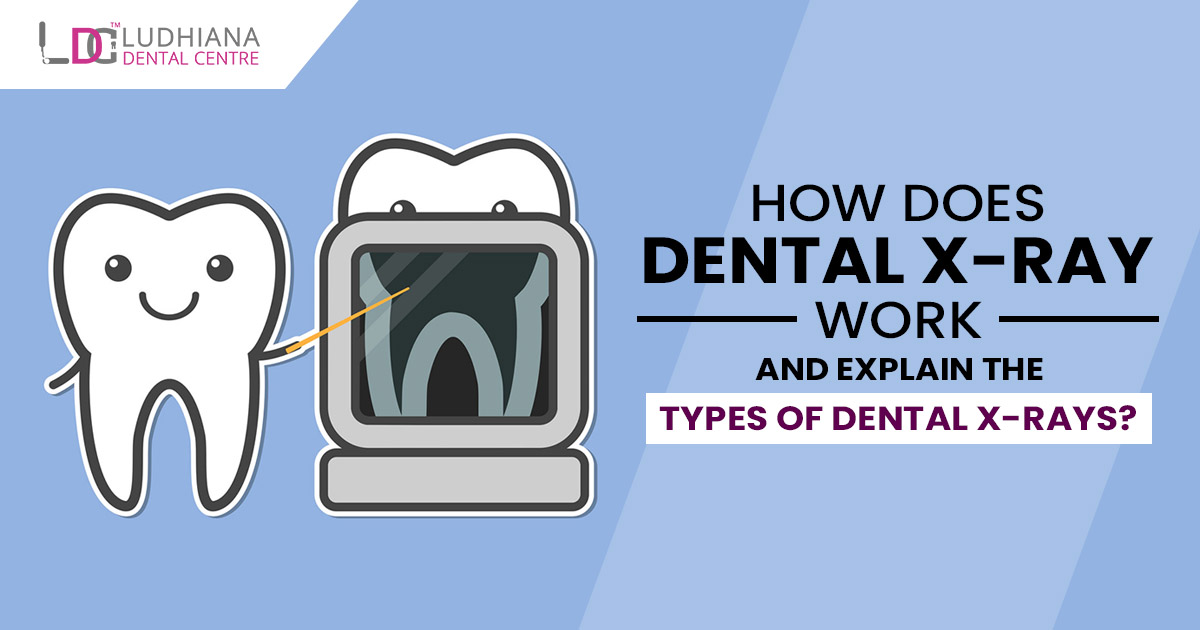Dental X-rays are the first step to examine the teeth condition. If you have a dental clinic in Ludhiana, you may know the importance of dental X-rays. If not, then you need to understand the types of dental x-rays first. This article is specially written for you to give you complete information about types.
How will X-Rays work?
- Dental x-rays are taken in a chair with you.
- The dentist can insert a plumbing label on your chest and tie a thyroid pin around your face.
- For the image, you place the x-ray sensor or film in your mouth.
Many of the doctors feel nervous as they undergo x-rays. The size, location, and comfort of your sensor positioning play an important role in your comfort or uncomfort. The mouth size is also a consideration as it allows positioning the sensor a little more challenging because you have a wide mouth. The usage of X-rays will never be harmful, only awkward or at times unpleasant.
Children are especially vulnerable to gag reflexes and have trouble with utilizing x-rays.
Types of x-ray
Bitewing X-rays
For a fact, bitewings are taken regularly or as your dentist recommends to enable you to spot caries between the tooth and to test the bone.
Periapical X-rays
This type of x-ray, often referred to as PA’s, takes a complete tooth shot from the top of the tooth or crown to the end of the roots. Periapical x-ray is commonly utilized when complications of a single tooth or a treatment are considered as a follow-up. Your dentist may help to determine whether an abscess, bone structural abnormalities, or a profound decay occurs.
Occlusal X-rays
These advanced x-rays are not as common as the others but are able to provide vital details. They are usually used to reveal the mouth roof or floor and to test for issues such as extra teeth, broken teeth, defects, jaw disorders, and other strong growth including tumors.
Panoramic X-rays
Panoramic radiography is done every 3-5 years or whichever is prescribed by your dentist, but the orthodontist should often be used in brace planning and by an oral surgeon in planning for surgery, for example, to separate the teeth and for removal of wisdom teeth.
Dental X-Rays level or frequency recommended
In order to administer dental radiation during a routine dental visit, the US Food and Drug Administration has set up the following guidelines.
- Posterior bitewing is prescribed every 1-2 years for a child without clinical deterioration with no chance of deterioration.
- Every 2-3 years, an adult with no apparent clinical downturn or increased risk should receive subsequent bitewings.
- Every 6-18 months after bitewings will be taken in adults with a growing likelihood of tooth loss, apparent pathological deterioration, widespread dental disease, or a history.

